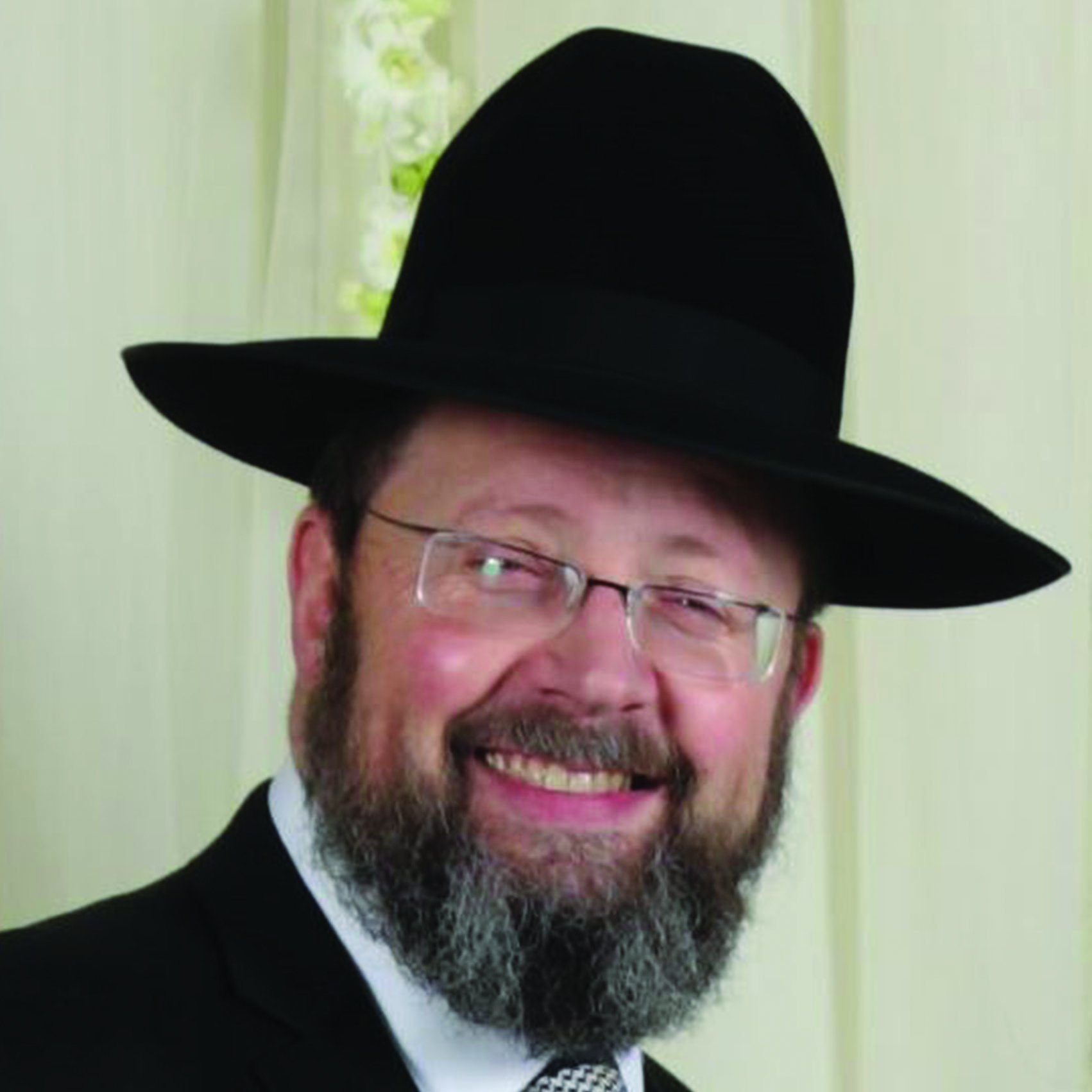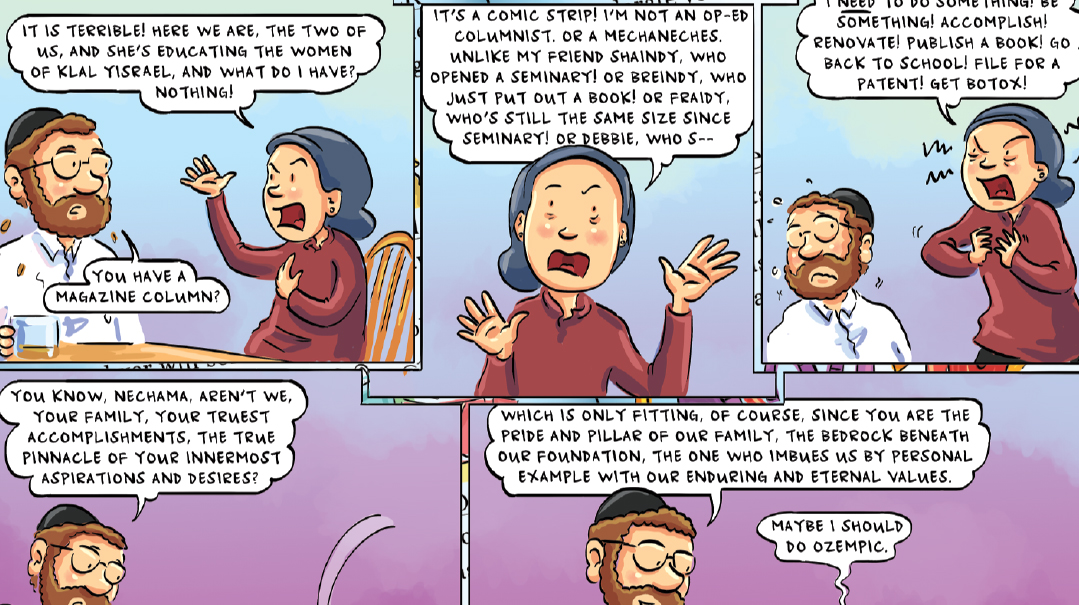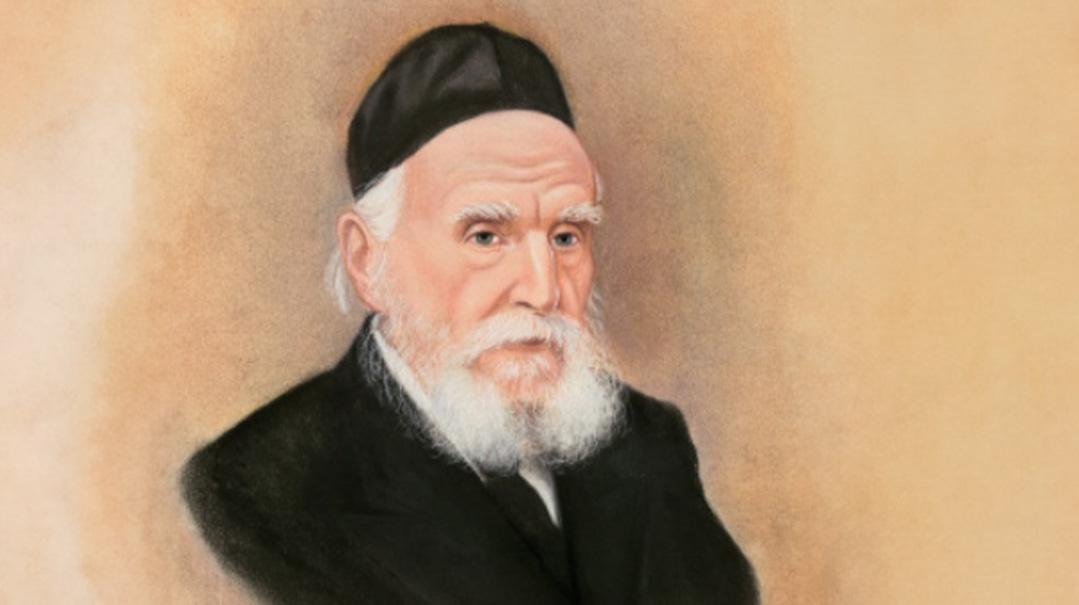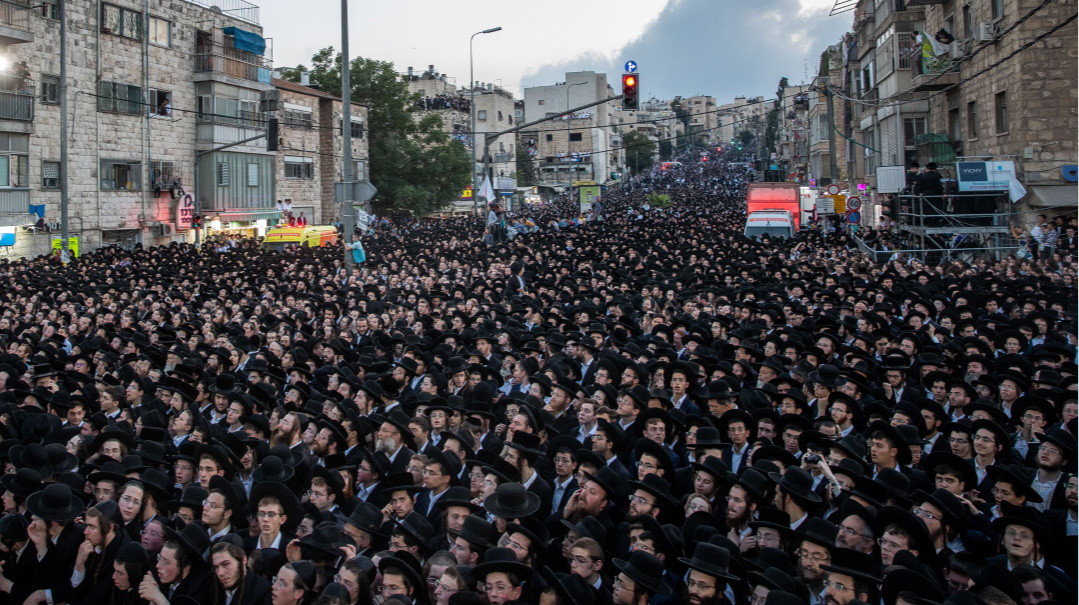The Alef-Beis of Chinuch

Label a kid a "beis-level bochur" and you just might seal his fate
I
remember hearing the following story from a Bais Yaakov principal, but for the life of me, I can’t remember who it was. (If the protagonist happens to read this column, please write in to the magazine to identify yourself, and take me out of my misery.) Here goes:
The principal recounted the pivotal moment in her education when she turned from being a happy-go-lucky troublemaker to being a more serious, conscientious student. It was in sixth or seventh grade when she found herself once again being sent to the office for committing some minor (or major) infraction.
As she waited for her punishment to be determined, she noticed that the office door was somewhat ajar, and she was able to hear the principal speaking to someone on the phone. Hearing her name, she strained to listen to the conversation. Snippets of dialogue floated out the door as the principal described her latest escapade to the listener (her mother, she assumed), and while she couldn’t quite make out the entire conversation, she did hear this much: “You daughter has character.”
That phrase, that label, struck her with force.
Character.
With all her silliness, immaturity, and lack of focus, her principal, whom she respected greatly, still viewed her as a person of character. Something clicked, and she decided to live up to that label. She gave a lot of thought to what it meant to have character — to act with values, to live responsibly and with self-respect — and the process of real maturation began.
Years later, she went to that principal, now aging, to express gratitude for believing in her (and to apologize for all the trouble). She recounted what she overheard at the principal’s door, but to her surprise, the elder principal started chuckling.
“I never said you have character. I said you are a character!”
But too late, the damage — actually, in this case, the repair — was already done.
The point of the story? Obviously, that words and labels make a difference.
In Yiddishkeit particularly, words do not merely convey ideas; they create and maintain worlds. “Bidvar Hashem, Shamayim naasu — With the word of Hashem, the Heavens were made,” and, “L’olam, Hashem, devarcha nitzav baShamayim — Forever, Hashem, Your words remain in Heaven.” And by the same token, words can destroy worlds…and people.
It has sadly become commonplace, particularly in yeshivos, but also in Bais Yaakovs, to label students and entire mosdos with “alef-beis” labels — and not like hadasim (“alef,” “alef-alef,” “alef-alef on steroids”), but rather like esrogim (“sug alef” and “sug beis”). The labels “beis bochur” and “beis yeshivah” have become so commonplace that we repeat them with nary a thought of the damage they may have on those bochurim and mosdos — because once something is labeled, it’s done. Once a bochur sees himself as “sug beis,” that becomes a self-fulfilling prophecy.
I was recently shown a submission to this magazine, a terribly painful piece describing a community in which there are several mesivtas competing for the best bochurim — the sug alefs — and each mesivta refuses to open a second class for weaker students to avoid being labeled the “sug beis” yeshivah. There are now many bochurim in that community without a local mesivta to attend. What a travesty!
Who’s to blame? The mesivtas? Yes, to some degree, but they are merely a reflection of a superficial and callous society that labels people and mosdos. They are fearful of how we, the society of chareidim, will label them. So where does the problem start?
It would be one thing if the labels were true, but by what standards are the children being grouped? Are intelligence and grades the only factors? Studies have shown that non-cognitive influences such as grit — otherwise known as ameilus and hasmadah — also impact a student’s ability to succeed and are essential in predicting long-term achievement. Are these factors taken into account?
And at what age are we assigning these labels? Is a child’s standing in seventh or eighth grade an accurate predictor of how he or she will turn out? Surely, children mature at widely different rates! Sometimes, I think, we sort too soon.
It certainly is more difficult to objectively assess grit and future maturation than academics and grades, but generally, an experienced and “in-tune” eighth-grade rebbi or morah can project a student’s growth curve.
But aside from the tyranny of labeling people and mosdos in this manner, the labeling is simply counterproductive, even for the so-called alef students. Let me explain from experience.
In beis midrash, I attended St. Louis Rabbinical College, led by its inimitable rosh yeshivah, Rav Yizchok Kleiman ztz”l. St Louis was a colorful and pretty nutty place, I must say, and it had a very eclectic group of talmidim. The range of acuity in learning and in personality was mi’mizrach l’maarav. We had a future rosh yeshivah, businessmen, maggidei shiur, Hatzolah members, shul presidents, dayanim, producers of tapes for children, rabbanim, rebbeim, lawyers. You name it. There were some super strong learners, some weaker learners, and others coming literally off the streets.
But we not only had (lots of) fun together; we learned together. The stronger learners inevitably learned how to share their learning, and how to break things down, and the weaker learners learned from the stronger ones; but much more importantly, everyone learned to appreciate each other. It was great. But when a mossad caters only to the more academically gifted students, all this is forfeited — the “sug alef” students develop a false sense of grandeur, which may come back to haunt them when they eventually discover they’re not quite as smart as they thought they were.
This alef-beis system also suffers from the problem that the “sug beis” designation commonly lumps students with weaker skills together with those with weaker yiras Shamayim. And the first group gets dragged down as a result.
Is there anything to be done? Perhaps we can make headway by asking , “How did we get here?”
Here is my theory. For those growing up in Boro Park in the ’70s, there were only three mesivtas to consider: Torah Vodaath, Mir, and Chaim Berlin. That was it. Each of these schools had multiple parallel classes, of course divided by acumen. But with everyone occupying the same space and constantly interacting, the stigma was greatly reduced. And because in reality no clear line separates sug alef and sug beis, the classes were mixed differently from year to year.
Nowadays, however, instead of having a few, large mesvitas, we have many more small boutique mosdos. And all these are competing and struggling to maintain the images and labels we assign them. Ask anyone looking to place a “beis bochur” in a mesivta in Lakewood. It’s a disaster.
So perhaps herein lies the fix. Sure, we cannot merge all these small mosdos, but can we at least house them on the same campus so the bochurim interact? Might that minimize the stigma? This may be an unreasonable daydream, but I prefer it to the current nightmarish reality.
Let’s at least start the conversation.
Rabbi Avrohom Neuberger is the rav of Congregation Shaarei Tefillah of New Hempstead and the author of Positive Vision, a Chofetz Chaim Heritage Foundation project (Artscroll/Mesorah).
(Originally featured in Mishpacha, Issue 960)
Oops! We could not locate your form.







